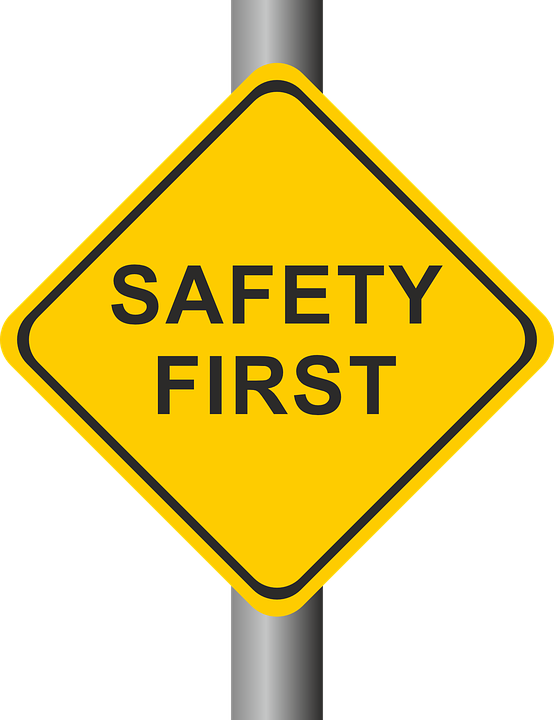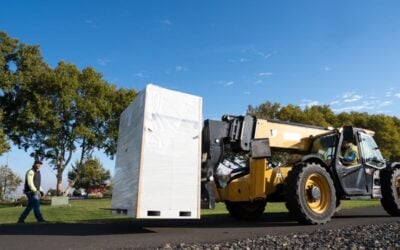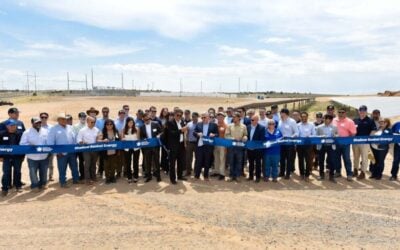
UL has created a database on its website that allows energy storage system manufacturers to list the results of their UL 9540A thermal runaway fire propagation tests.
“The information from UL 9540A testing supports important safety decisions about how the BESS will be installed and used,” UL Energy Systems and e-Mobility group business development engineer Maurice Johnson said.
“The best way for manufacturers to share that their energy storage battery products have been tested for thermal runaway is to list them in the UL 9540A test database.”
The UL 9540A Standard for Test Method for Evaluating Thermal Runaway Fire Propagation in Battery Energy Storage Systems is cited within a number of important safety standards and codes including the American and Canadian National Standard for Safety for Energy Storage Systems and Equipment, the International Code Council (ICC) International Fire Code (IFC) and National Fire Protection Association NFPA 855, Standard for the Installation of Stationary Energy Storage Systems.
Try Premium for just $1
- Full premium access for the first month at only $1
- Converts to an annual rate after 30 days unless cancelled
- Cancel anytime during the trial period
Premium Benefits
- Expert industry analysis and interviews
- Digital access to PV Tech Power journal
- Exclusive event discounts
Or get the full Premium subscription right away
Or continue reading this article for free
UL’s Maurice Johnson noted that UL 9540A is a test method that “does not provide a certification, UL Mark or pass/fail results”. The test is intended to provide clarity about how a battery energy storage system (BESS) will perform from a safety perspective in the event of thermal runaway occurring. Manufacturers that have had their products put through their paces can either share their contact details for database users to get further details of their test, they can share the summary of the UL 9540A report, or they can share the full test report.
In July, Danny Lu, executive VP at energy storage system integrator Powin Energy told Energy-Storage.news that going through UL 9540A testing evaluation showed thermal runaway within the company’s Stack 225 battery storage system did not result in a “cascading effect to cause one cell’s failure to destroy the whole project site and cause harm to first responders”. Stack 225 uses CATL’s large-format prismatic lithium iron phosphate (LFP) cells.
Lu said that being able to show customers that Powin’s battery storage systems do not require additional fire proofing barriers and fire retardant materials added to the model design for their safe operation and installation would enable the speed-up of local permitting processes as well as increase site densities, “and allow local fire authorities to feel comfortable with the reaction of our battery system to a single cell failure that results in thermal runaway”.
Christina Lampe-Önnerud, CEO of Cadenza Innovation, a start-up looking to commercialise a lithium-ion ’Supercell’ battery architecture, said the results her company received for both UL 9540A testing and UL 1973 – which tests for levels of gases given off when products burn – proved that the ‘Supercell’ design stops propagation when thermal runaway is induced.
The test does not only refer to lithium batteries. Only a handful of providers have already registered their test results on the database but include NGK Insulators which makes sodium-sulfur (NAS) batteries and sodium-ion batteries from Natron Energy, which announced its UL listing in late September.
“Our customers require the safest batteries to power their critical database and telecom infrastructure. Natron has perfected a sodium-ion battery to pass UL’s rigorous UL 9540A fire testing,” Natron Energy CEO Colin Wessells said.
“Now, we’re proud to be the first battery cell company to publicly disclose our full testing results on the UL 9540A database.”
Manufacturers can put cell, module or entire unit results on the database, with other early listers including zinc battery company ZincFive, lithium battery solar-storage equipment providers Enphase and LG Chem, two Japanese battery makers Toshiba International Corporation and Tohoku Murata Manufacturing Co and European battery storage system provider, FZSONICK, which produces sodium nickel chloride chemistry-based products.
The UL database can be accessed here.

![burns and mcdonnell GA_Battery_Storage_003[84] The maturing industry has allowed EPCs to "get more creative with engineering technology and construction equipment to help streamline operations in the field," Julian Hoover says. Image: Burns & McDonnell](https://www.energy-storage.news/wp-content/uploads/elementor/thumbs/burns-and-mcdonnell-GA_Battery_Storage_00384-rgklnp65oz5okwj4j525f5bdz9y57j338jh6zpqdvo.jpg)



